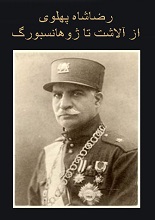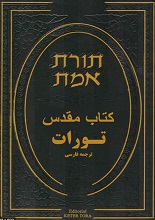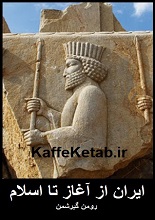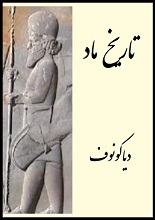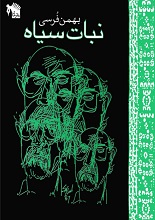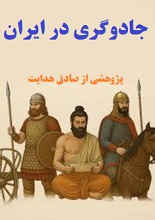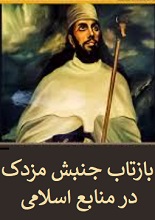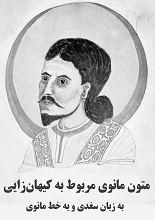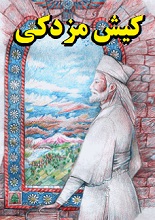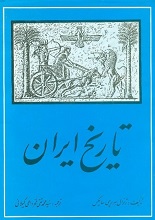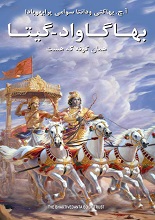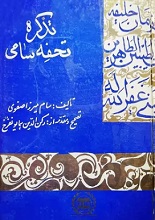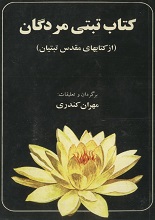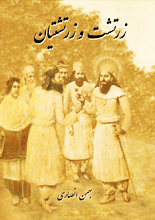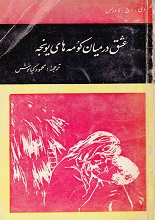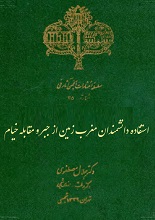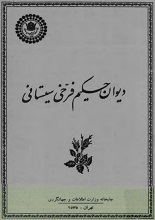درباره مرگ اسکندر مقدونی در منابع تاریخی حکایات متفاوتی آمده است. یکی از این حکایات این است که یولاس، ساقی اسکندر به تحریک برادر(پدر!) خود که مورد بیمهری اسکندر قرارگرفته بود، سم مهلکی در جام اسکندر ریخت و وی را از پای درآورد. اسکندر بر اثر خوردن زهر بسیار پریشان حال شده بود و خود را در چند قدمی مرگ احساس میکرد، بنابراین خواست تا او را به رودخانه فرات اندازند تا مردم و سردارانش تصور کنند که او نمرده بلکه به نزد خدایان صعود کرده است!
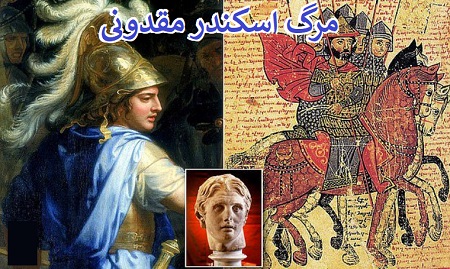
در آن هنگام کسی گمان نمیکرد که اسکندر مسموم شده باشد و کسی نیز در مظان اتهام قرار نگرفت. از نوع زهری که با آن اسکندر به قتل رسید افسانه ای درست کرده اند به این مضمون که زهری که به اسکندر خورانده شد از تلخی چنان است که نمیتوان آنرا در ظرف خاصی نگه داری کرد و تنها آن را در سم اسب نگهداری میکردند زیرا از فرط تلخی و زنندگی ظرف را میشکند!
دیگر روایتهای مربوط به مرگ اسکندر
نقل قول دیگر درباره مرگ اسکندر این است که اسکندر بر اثر بیماری مالاریا، تب شدیدی نمود و درگذشت.
نقل دیگری حاکی است: اسکندر سفری به طرف رودخانه فرات کرد و شروع به بنای یک مرکز تعمیر کشتی در بابل نمود. در این بین ناگهان به تبی مبتلا گردید که ظاهرا از اثر باتلاق و مرداب های فرات بوده است و با وجود داشتن تب از دادن دستورات کوتاهی نمیکرد ولی بالاخره مرض شدت گرفت و او را از سخن گفتن انداخت و مرگ، او را فراگرفت.
جسد اسکندر
اسکندر در 32 سالگی در بابل مرد. جسد او را به اسکندریه در مصر و در آنجا دفن کردند. جسد اسکندر را درون یک تابوتدان طلایی انساننما قرار دادند و آن را درون تابوتی طلایی گذاشتند. بنا به گفته آیلیان، پیشگویی به نام آریستاندر پیشبینی کرد که زمینی که اسکندر را در آن دفن کنند تا ابد شادمان و شکستناپذیر خواهد ماند.
محتملتر آن است که جانشینان، تملک جسد اسکندر را نماد مشروعیت دانستهاند زیرا که دفن شاه پیشین امتیازی ویژه محسوب میشد.
وقتی که تشییعکنندگان در حال انتقال جسد اسکندر به مقدونیه بودند، بطلمیوس آن را دزدید و به ممفیس برد. جانشینش، بطلمیوس دوم فیلادلفوس، تابوتدان را به اسکندریه منتقل کرد و حداقل تا دوران باستان متأخر در آنجا ماند.
بطلمیوس چهارم لاتوروس، از آخرین جانشینان بطلمیوس، تابوتدان طلایی اسکندر را با تابوتدانی شیشهای عوض کرد تا از طلای تابوتدان اصلی برای ضرب سکه استفاده کند. پومپه، ژولیوس سزار، و آگوستوس همگی از آرامگاه اسکندر در اسکندریه بازدید کردند. گفته میشود آگوستوس به طور اتفاقی بینی جسد را کند!
همچنین گفته میشود کالیگولا (امپراتور دیوانه) سینهزره اسکندر را از آرامگاهش برای خودش برداشت. امپراتور سپتیموس سوروس در سال 200 پس از میلاد آرامگاه اسکندر را بر روی مردم بست. پسر و جانشینش، کاراکالا، از ستایندگان اسکندر، در دوره سلطنت خویش از آرامگاه بازدید کرد. پس از این زمان، جزئیات سرنوشت آرامگاه مبهم ماندهاست.
Death of Alexander the Great
There are different stories about the death of Alexander the Great in historical sources. One of these stories is that Iolas, Alexander’s butler, at the instigation of his brother (father!) who was unkind to Alexander, poured deadly poison into Alexander’s cup and killed him.
Alexander was very disturbed by the poison and felt himself a few steps away from death, so he asked to be thrown into the Euphrates River so that the people and his generals would think that he had not died but had ascended to the gods!
At that time, no one suspected that Iskandar was poisoned, and no one was charged. A legend has been created about the type of poison with which Alexander was killed, according to the content that the poison that was given to Alexander was so bitter that it could not be kept in a special container and was only kept in horse hoof because of its extreme bitterness and Femininity breaks the dish!
Another quote about Alexander’s death is that Alexander developed a severe fever and died due to malaria.
Another quote says: Alexander traveled to the Euphrates River and started building a ship repair center in Babylon. In the meantime, he suddenly contracted a fever which was apparently caused by the Euphrates swamps and marshes, and despite having a fever, he did not fail to give orders, but finally the disease became severe and stopped him from speaking, and death overtook him.
Alexander died in Babylon at the age of 32. His body was taken to Alexandria, Egypt and buried there. Alexander’s body was placed in a human-like golden coffin and placed in a golden coffin. According to Ailian, an oracle named Aristander foretold that the land where Alexander was buried would be eternally happy and invincible.
It is more likely that the successors considered the possession of Alexander’s body a symbol of legitimacy because the burial of the previous king was considered a special privilege. When the undertakers were transporting Alexander’s body to Macedonia, Ptolemy stole it and took it to Memphis. His successor, Ptolemy II Philadelphus, moved the sarcophagus to Alexandria, where it remained at least until Late Antiquity. Ptolemy IV Laturus, one of Ptolemy’s last successors, replaced Alexander’s golden sarcophagus with a glass sarcophagus in order to use the gold of the original sarcophagus for coinage.
Pompey, Julius Caesar, and Augustus all visited Alexander’s tomb in Alexandria. It is said that Augustus accidentally cut off the corpse’s nose. It is also said that Caligula (Mad Emperor) took Alexander’s breastplate from his tomb for himself. Emperor Septimus Severus closed Alexander’s tomb to the public in 200 AD. His son and successor, Caracalla, an admirer of Alexander, visited the tomb during his reign. After this time, the details of the tomb’s fate remain unclear.
————
منابع
سلوکیان. خدادادیان. مجموعه چهارم. ص6
اسکندر مقدونی. جان گونتر. ترجمه قریب. ص70
تاریخ ایران سرپرسی سایکس. ترجمه فخر داعی. ج 2. ص 375
در کافه کتاب بخوانید:
شورش مشتزنها در چین
هاراکیری، خودکشی ساموراییها
محیط سیاسی و زندگانی مشیرالدوله
بحرین
سرنوشت شاهزادگان ساسانی
از گاتها تا مشروطیت
زبان پهلوی
شب چله



